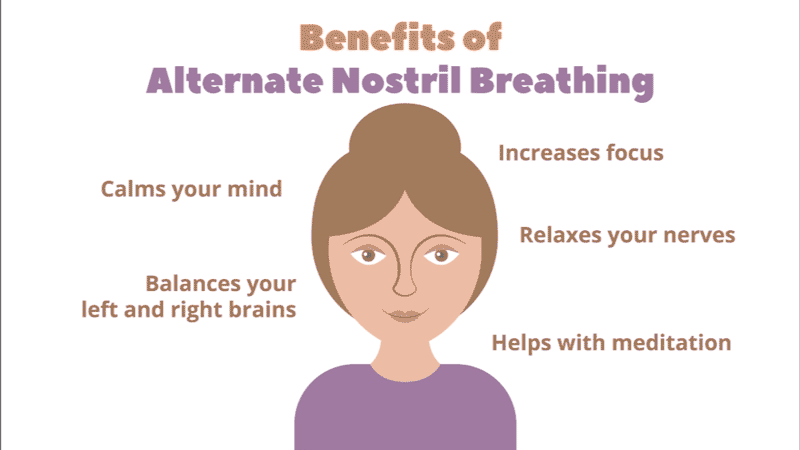Balancing Act
I so want to wish you HAPPY new year!
(And I am fundamentally wishing you that.)
But maybe what’s truer is that I’m wishing you upped peace of mind, longer exhales, and a deep connection with and sense of ease in the body. And, as always, more successful, less stressful school days for your learners.
How did your holidays go? As a bereaved human, I live firsthand the tenderness of these times. I never assume it’s all been holiday cookies and family feasts. I hope you’ve experienced celebration and cocooning in whatever proportions you’ve needed.
How is back-to-school going? Are your learners geared up and good-to-go, or grieving the end of the break? Was there homework and studying, or projects and portfolios for your learners to accomplish over the holidays? If so, I hope there was both non-work and work in the balance your students have needed.
That word “balance” is so tricky, isn’t it? Maybe one of the hardest things. Always feeling out of reach, or here temporarily and then gone in a flash. “Proportion” too can feel so hard to gauge, as in, when have we done enough work in the day, and have we spent the ‘right’ amount of time on the ‘right’ things. Too confusing, ethereal, and punishing!
Integration over balance
Increasingly, I’ve come to sense that “balance” isn’t very helpful. Not just in terms of language, but in what it implies—some kind of final and static place of arrival. There is an unattainability—that just-out-of-reach quality—that discourages and flattens me.
Like Harvard Psych prof, Ellen Langer, often called the “mother of mindfulness,” I find more comfort, possibility, and resonance with “integration” over seeking balance. I am, over and over, drawn to Langers work as it helps me think through mindful learning and teaching.
Langer is known for saying,
“Work/life integration seems to me a better goal than balance. Balance suggests that our lives are in two parts. The more mindful we are, the less we compartmentalize our lives.”
I like this. A lot.
Here is Langer explaining work/life integration in a lovely (and wonderfully raspy) 49 second video clip. She so skillfully articulates this invitation for a more connected, interwoven life. Less divided; less that we’re either at work or at play.
For a longer listen, this interview with Langer on Krista Tippett’s OnBeing podcast is delicious. Langer encourages experiencing play and delight within our work as a kind of salve to drudgery, as levity for labour, and to put an end to the rigid division between profession and play.
How does this land for you? Is it too idealistic – the hope that we can sink into more sweetness in our day-to-day? Or might it feel a little hopeful – that holiday times might not have to be the only moments in the season or year we look forward to.
Proportion within
Equipollence: Parallel lines; moving in the same direction.
Equipoise: Equal distribution of weight.
Equanimity: Accepting ease and challenge, both.
I like words. They help me. They’re like landing places in confusion or convolution. I particularly like these “equ-” words. There is a kind of grace to them, a kind of evenness, a kind of cadence—a kind of proportion.
Each word possesses some stress, but not so much we’ve entered burnout. Some rest, but not so much we deny our fiery ambitions. Some ease, but not to the point of boredom. Some energy, but not unsustainably amplified.
Alternate nostril breathing
One practice that helps me with this not-too-little / not-too-much, undergoing / overdoing, is known as alternate nostril breathing. On the surface, it’s a kind of harmonizing of the breathing passages, a cross-brain-hemisphere recalibration. More deeply, it’s a laser-focused, rhythmic breath work strategy that combines work and ease, both.
Here’s how to complete one cycle of alternate nostril breathing…
Lift your right hand up toward nose.
Exhale completely and then use right thumb to close right nostril.
Inhale through left nostril and then close left nostril with your fingers.
Open right nostril and exhale through this side.
Inhale through right nostril and then close this nostril.
Open left nostril and exhale through left side.
If it feels comfortable you can continue this exercise for up to 5 minutes. Always end by exhaling on your left side.
Here’s what I’m wishing you: careful attention and yielding, proportionate effort that’s neither too much nor not enough, integration over balance, and the "equ” word that lands truest.
Wishing you kind learning,
Deena



